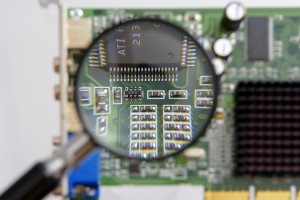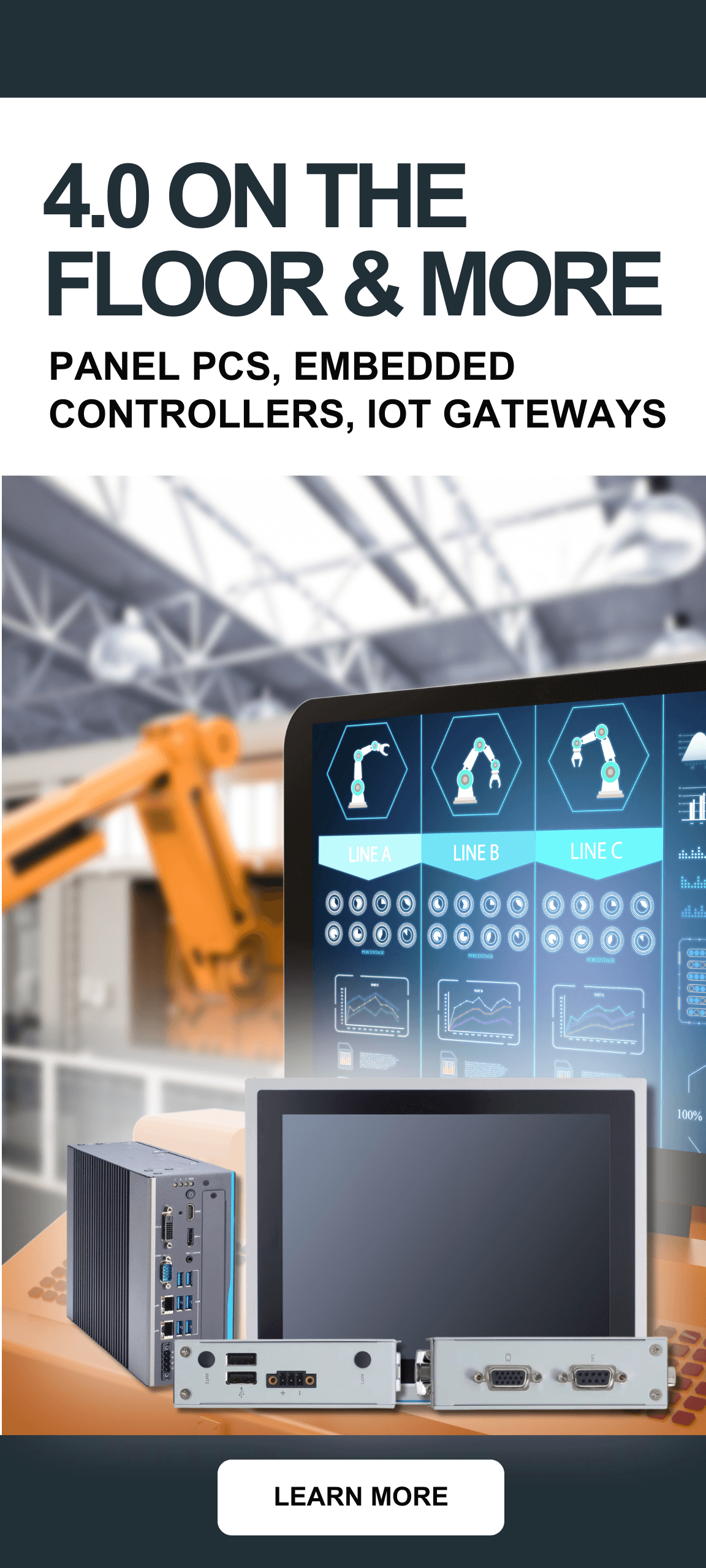
The Battle Inside the War: ATX vs. Micro ATX in the Industrial Sector
Blog
 The “golden egg” for most of technology runs along a very particular line of thought: make your device smaller without sacrificing its ability to process and render the necessary information for the user. The consumer side of technology grasped this mantra and ran with it. The processes that needed a standard sized computer five years ago can now be shrunk to a single embedded board.
The “golden egg” for most of technology runs along a very particular line of thought: make your device smaller without sacrificing its ability to process and render the necessary information for the user. The consumer side of technology grasped this mantra and ran with it. The processes that needed a standard sized computer five years ago can now be shrunk to a single embedded board.
With the modern trend of smartphones and tablets, it would seem that there is no longer a need for the outdated and oversized motherboard. But does this apply to the industrial sector? If we can replace them with newer, smaller and sometimes more efficient components, then what is the point of these legacy parts? In selecting between a large ATX vs. Micro ATX board, should the choice always be the latter? This conversation rages on and each side makes compelling arguments. Both standards can coexist because they each play a role. They fit certain needs perfectly, but also have their drawbacks.
ATX vs. Micro ATX: What Can a Few Inches Do?
ATX boards, the big brother of the Micro ATX standard, are considered workhorses in the computing world. They are very versatile motherboards and can be found in a multitude of places, ranging from high powered workstations, database/server architecture and even to communication centers. From an industrial perspective, they fit a large need for a more stationary style of computing; one where space is not a restraint and where power and expansion slots are a necessity. In the ATX vs. Micro ATX battle, size becomes a positive and a negative:
- Extra inches means expansion: Most ATX boards have room for one or two more expansion ports than the typical Micro ATX. Having extra expansion ports allows for more components to be utilized in the machine. For instance, an ATX motherboard can handle two dedicated video cards to maximize graphical output and processing, but also allows for better multiscreen capabilities.

- Spaciousness means cool: By necessity, ATX boards need larger cases. However, these more roomy chassis allows for better circulation through components or the addition of more fans. Better circulation means cooler components, which means faster computing. However, these kinds of large cases take up valuable real estate in any sort of office or other setting. This setback can prohibit how many machines can be in a facility.
Micro ATX Takes Computing to New Places
In the ATX vs. Micro ATX battle, the latter utilizes its size to take larger computing needs to new frontiers. One sector that is being tapped by this standard is avionics. The computer systems that guide drones or power targeting systems need to use state of the art components, but draw less power and take up less space. Micro ATX boards can be the perfect fit. They have a smaller footprint within the machine and can still utilize the same kind of components as their larger kin. Micro ATX are even compatible with ATX connectors, so they can be interchangeable.
The main issue with Micro ATX boards also comes from their compactness; packing high functioning components into smaller frames in more rugged areas means a higher possibility of overheating. OEMs and hardware assemblers need to be conscious of heat management and diffusion when building their systems, a unique problem in sectors like avionics. While this issue can be prohibitive, with the right mix match of components and chassis design, it can be circumvented without too much effort.
 Brian Luckman is the President of New Era Electronics. He has worked in the industrial OEM market for over 25 years, serving a variety of different industries, gaining a strong reputation for his expertise and a thorough understanding of how to properly service OEM customers. In 2000 he began New Era Electronics and the company continues to grow. He’s a husband and father and enjoys exploring the outdoors.
Brian Luckman is the President of New Era Electronics. He has worked in the industrial OEM market for over 25 years, serving a variety of different industries, gaining a strong reputation for his expertise and a thorough understanding of how to properly service OEM customers. In 2000 he began New Era Electronics and the company continues to grow. He’s a husband and father and enjoys exploring the outdoors.
Creative Commons Attribution: Permission is granted to repost this article in its entirety with credit to New Era Electronics and a clickable link back to this page.




